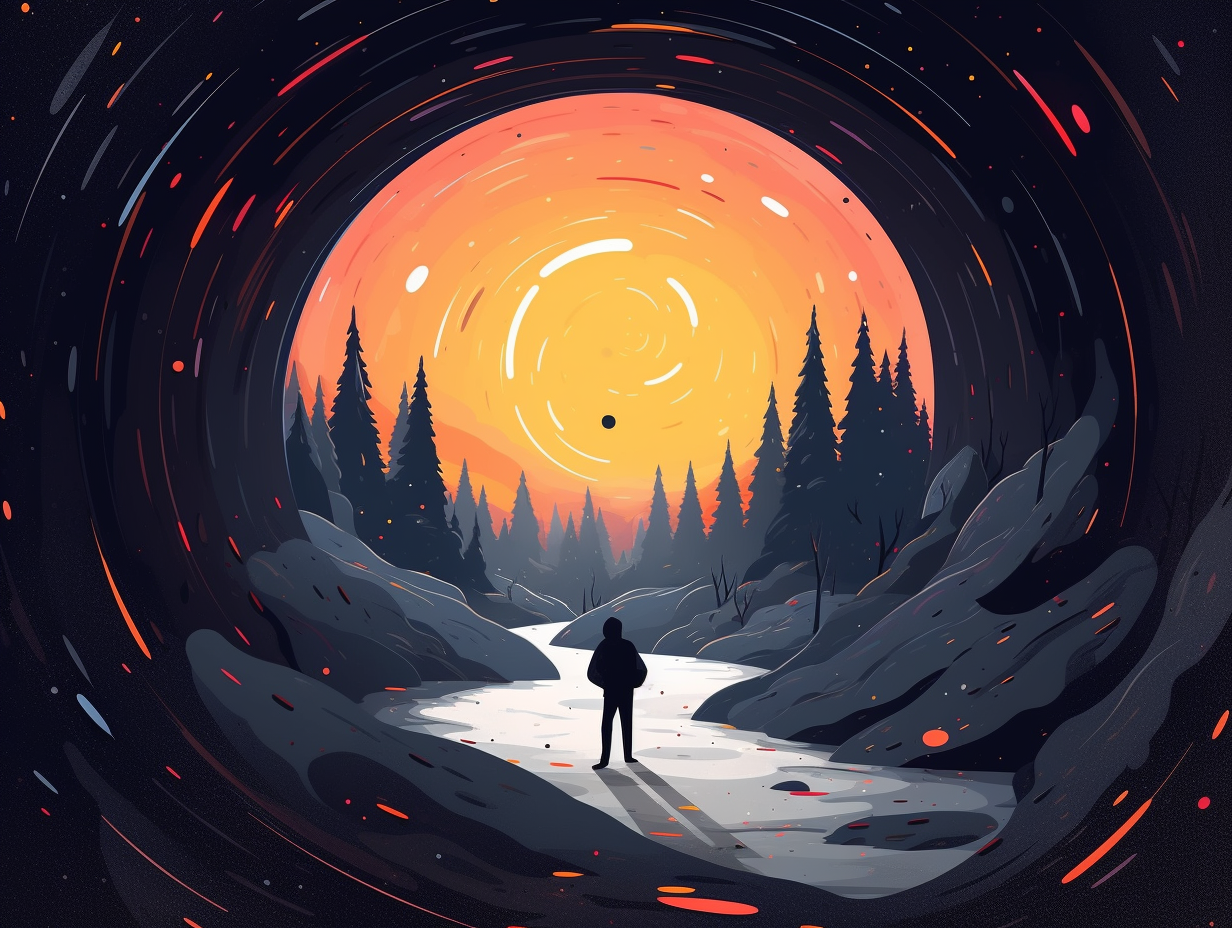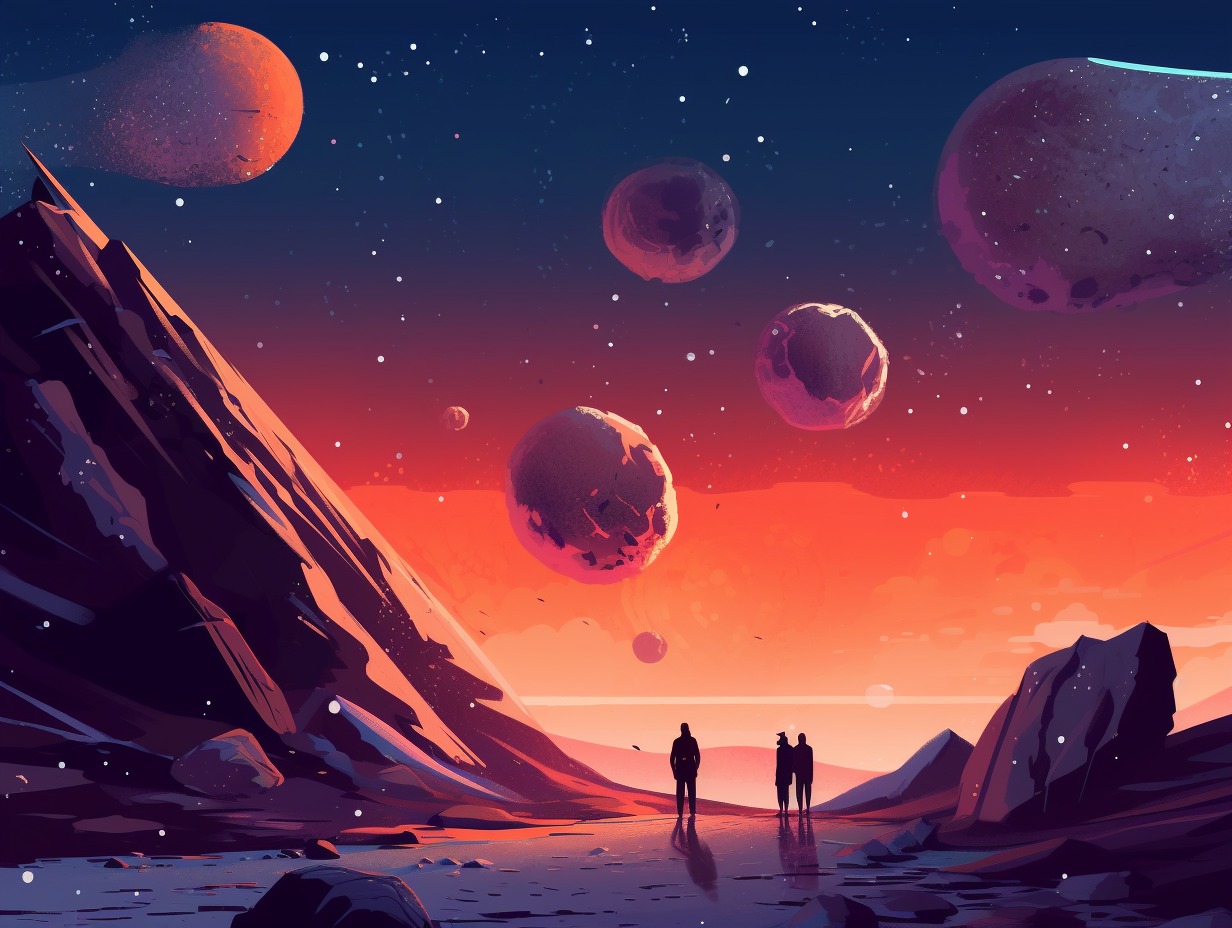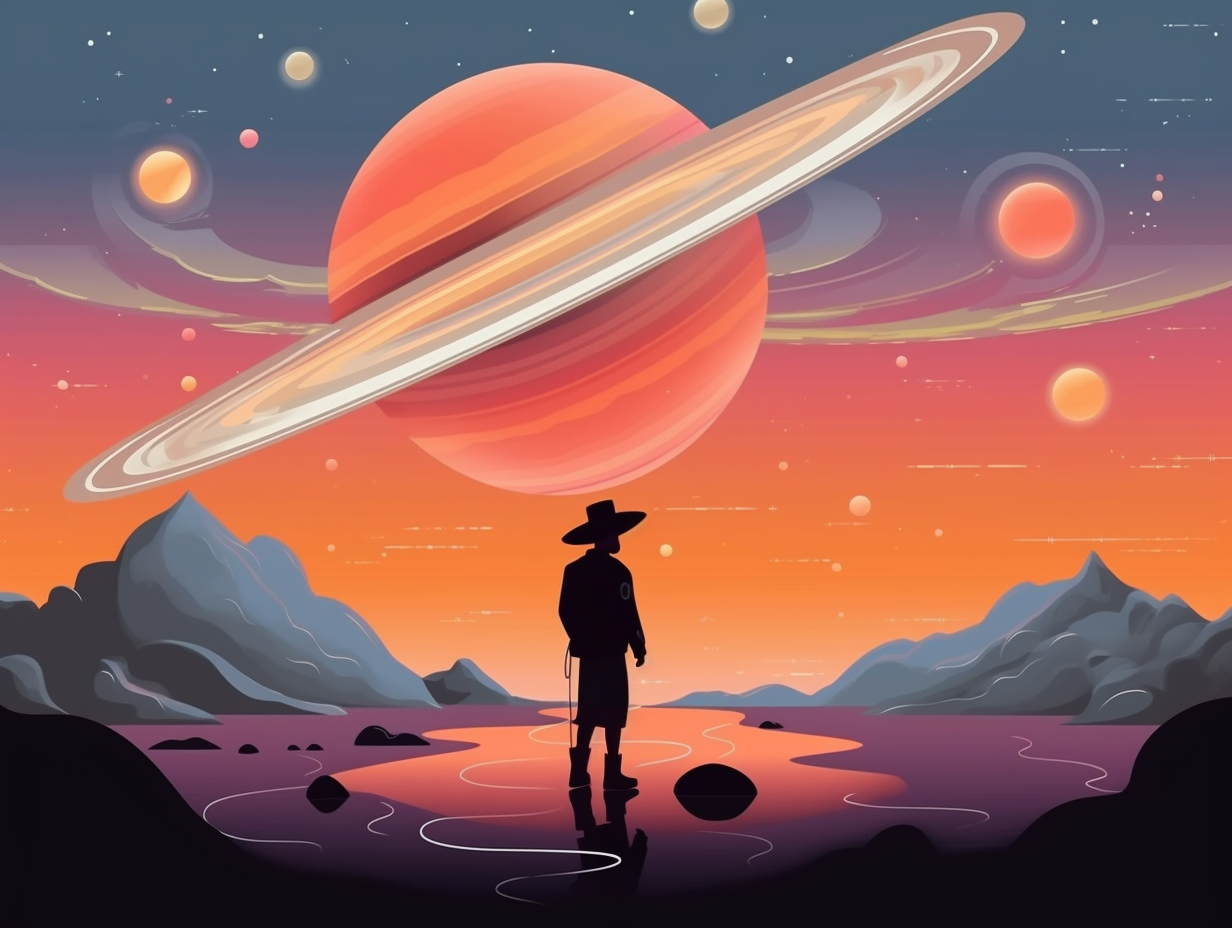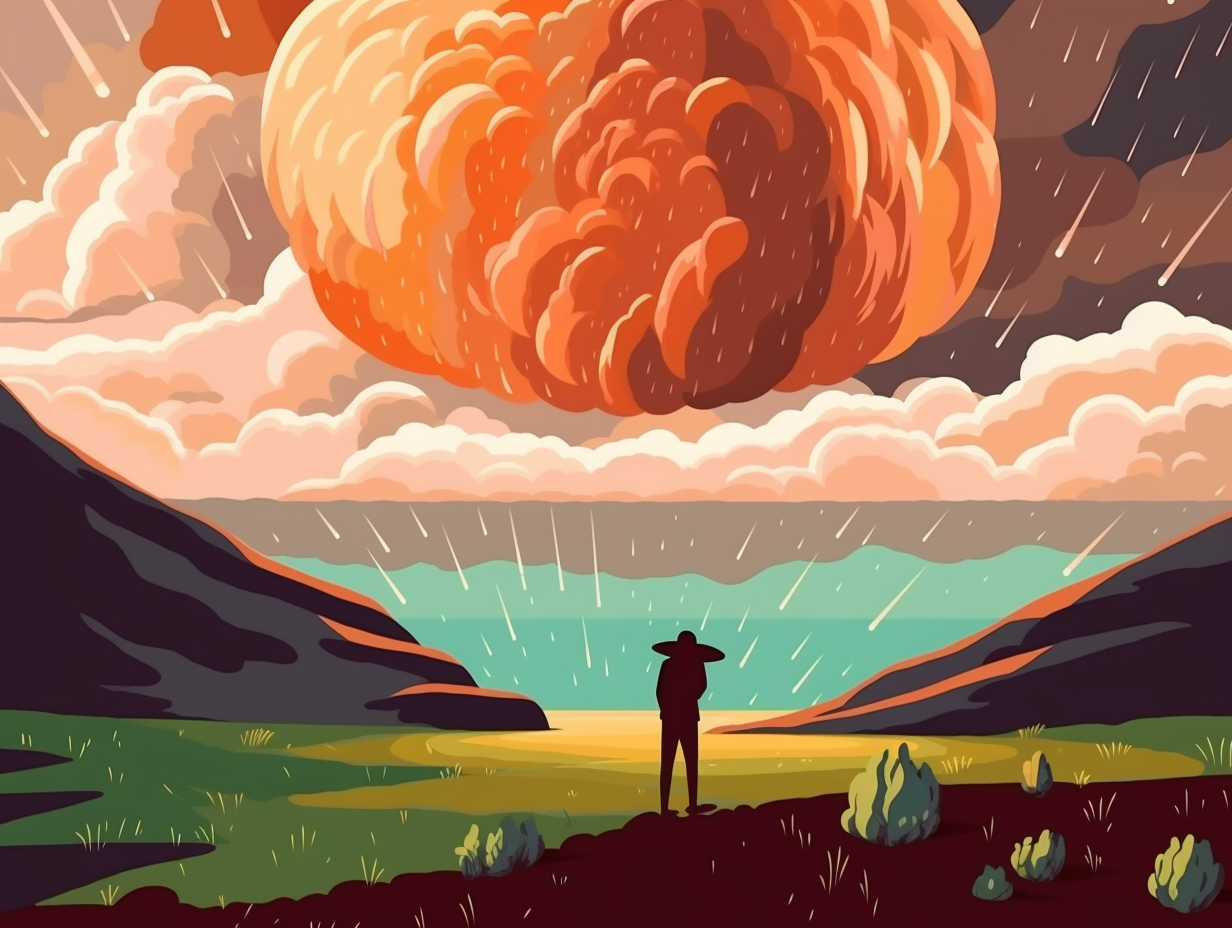Discover the Cosmos: 15 Fascinating and Fun Facts About the Milky Way Galaxy for Kids

1. Milky Mess of a Name
Did you hear about the galaxy that spilled milk all over the sky? It was udder chaos! Here's the inside scoop: The Milky Way Galaxy got its name from the ancient Greeks, who believed the band of light they saw in the night sky resembled spilled milk, an agglomeration of millions of stars within the galaxy's spiral arms.
Source => astrodigital.org
2. Cosmic Octopus Arms
Imagine the Milky Way as a cosmic two-armed octopus, and no, it's not battling any space monsters: Our galaxy actually has two main spiral arms, the Scutum-Centaurus and the Perseus arms! These cosmic limbs house young stars, molecular clouds, and concentrated hydrogen gas, making our celestial octo-friend not-so-lonely after all.
Source => scienceatyourdoorstep.com

Did you know Andromeda is the Miss Hannigan of galaxies, constantly gobbling up smaller ones? Discover its latest galactic meal that left the Dulais Structure behind!
=> Fun Facts about Galaxies
3. Bumper Cars with Andromeda
In a galactic game of bumper cars, our Milky Way is set for a head-on collision with the neighboring Andromeda galaxy – but don't worry, our celestial insurance will cover it: Although the two galaxies are expected to merge in about 5 billion years, stars are so far apart that collisions between them will be extremely rare, and the resulting cosmic mash-up will likely create a beautiful new galaxy called Milkomeda or Milkdromeda.
Source => en.wikipedia.org
4. Black Hole Vacuum Cleaner
Hold on to your hats, because our Milky Way has a cosmic vacuum cleaner at its heart: Sagittarius A*, a supermassive black hole with a whopping mass of 4.1 million times that of our Sun, is lurking in the center of our galaxy!
Source => en.wikipedia.org

5. Galaxy Recipe: Hydrogen Soup
Did you know the Milky Way is basically a giant soup of hydrogen and helium, with just a pinch of other spices? Talk about a cosmic recipe! Here's the scoop: Most of the Milky Way's matter is hydrogen, while helium comes in second place, and elements heavier than helium barely make a guest appearance. This is because stars are like element factories, predominantly churning out hydrogen and helium, and only sprinkling in heavier elements as generations of stars evolve and learn to share their stellar ingredients. Different parts of the galaxy hold this cosmic soup of varying age and flavor, offering us a true taste of stellar diversity!
Source => scienceatyourdoorstep.com
6. Virgo Supercluster Village
Hold on to your space boots, kids: we're about to dive into a cosmic neighborhood bigger than you can imagine! Our Milky Way Galaxy is not just a lonely intergalactic traveler - it's part of a ginormous cosmic village called the Virgo Supercluster: An insanely huge collection of galaxies, stretching for billions of light-years, and filled with over 47,000 of our galactic buddies!
Source => en.wikipedia.org
7. Party Cloud Neighbors
You might say our Milky Way galaxy has some friendly neighbors who light up the sky – it's lit-erally out of this world! The Large and Small Magellanic Clouds are here to party: these satellite galaxies are some of the closest to the Milky Way, with the Small Magellanic Cloud holding 3 billion stars and the Large Magellanic Cloud rocking a whopping 30 billion stars. Not only do they serve as cosmic beacons for various indigenous peoples, but they also contributed to some important scientific discoveries!
Source => earthsky.org
8. Spinning Cosmic Merry-Go-Round
Hold onto your space pants, kiddos, because the Milky Way is really on a roll: Our galaxy takes a whopping 200 million years to complete one rotation, spinning like a cosmic merry-go-round at breakneck speeds of 270 kilometers per second!
Source => phys.org
9. Black Hole Identity Crisis
Talk about having a change of heart: Sagittarius A*, the supermassive black hole in the Milky Way's heart of hearts, metamorphoses its appearance on the regular due to matter racing around it at breakneck speeds. But don't let its identity crisis fool you—it's been confirmed to be a bonafide black hole and not merely a dense star or an astronomical oddball!
Source => scientificamerican.com

10. Galactic Reunion Party
Even galaxies have reunion parties: The Milky Way had a not-so-little get-together with their "dwarf" buddy Gaia-Enceladus some 11.5 billion years ago, resulting in a cosmic remix of stars and a whole new dance party in the sky!
Source => sciencedaily.com
11. Shy Dwarf Spheroidals
Imagine a galaxy filled with the introverts of the cosmic party, lurking quietly on the outskirts: Meet the dwarf spheroidal galaxies! They're made mostly of mysterious dark matter and boast only a humble million stars, compared to the billions of stars found in regular dwarf galaxies. These shy galaxies are sitting in the shadows all around the universe, and scientists are now developing models to reveal their origins, potentially unlocking secrets about enigmatic dark matter!
Source => space.com
12. Dinosaur Carousel Ride
Hold on to your dinosaur onesies, kiddos, because we're going on a cosmic carousel ride: Our solar system takes a whopping 250 million years to complete one full spin around the Milky Way's center, meaning the last time we were in this current spot, T-Rexes were just learning how to roar!
Source => space.com
13. Moody Star Divas
Stars can be quite moody, you know – sometimes they're bright and shining, while other times they've got a bit of an attitude and dim down: These unpredictable divas, known as variable stars, have actually taught scientists heaps about stellar evolution, shedding light on the various stages of a star's life, and helping unravel some secrets of the Milky Way and beyond.
Source => aavso.org
14. Teenage Virgo Cluster
If the Virgo Cluster were a teenager, it would be the one trying on different outfits just to find its cool style: This massive galaxy cluster, located 55 million light-years away, is still young and figuring out its identity - made up of three subclumps, Virgo A, B, and C, yet to fully merge into a single epic cluster, with the giant elliptical galaxy M87 as the queen bee of its starry school!
Source => astronomy.com
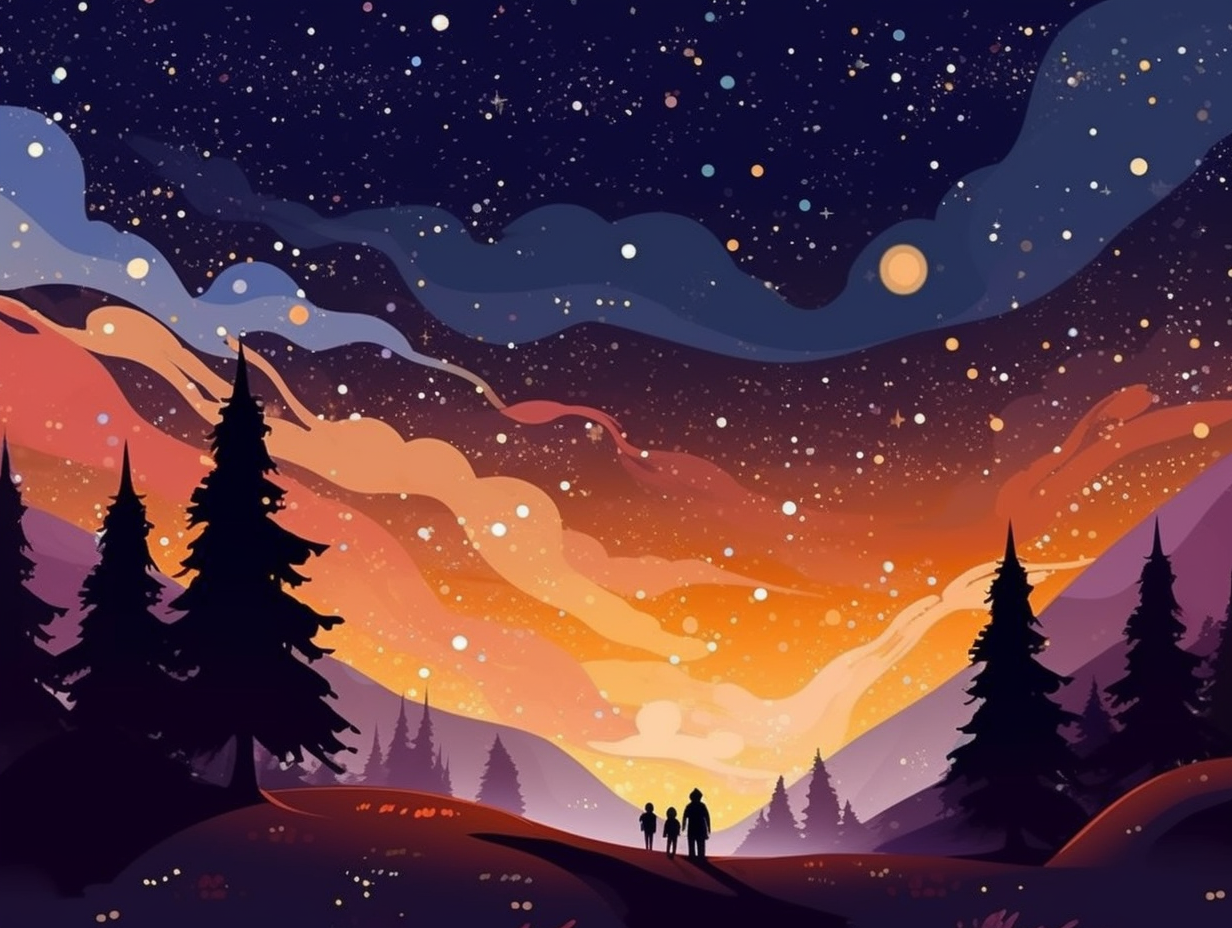
15. Galactic Fashion Statement
Listen up, space-cowboys and cosmic-fashionistas: The Milky Way ain't your average, run-of-the-mill spiral galaxy – it's rocking a fabulously chunky, star-studded accessory called a 'bar' that spans thousands of light-years and sports ultra-cool, blue spiral arms that put even the grooviest 60's tie-dye prints to shame! Seriously, though: Our home galaxy is actually a barred spiral galaxy, featuring a central bar structure with mature, yellowish stars, while its bright blue spiral arms are filled with younger, vibrant stars, making it a part of a cosmic elite that two-thirds of spiral galaxies in the universe proudly flaunt.
Source => stardate.org
Related Fun Facts




